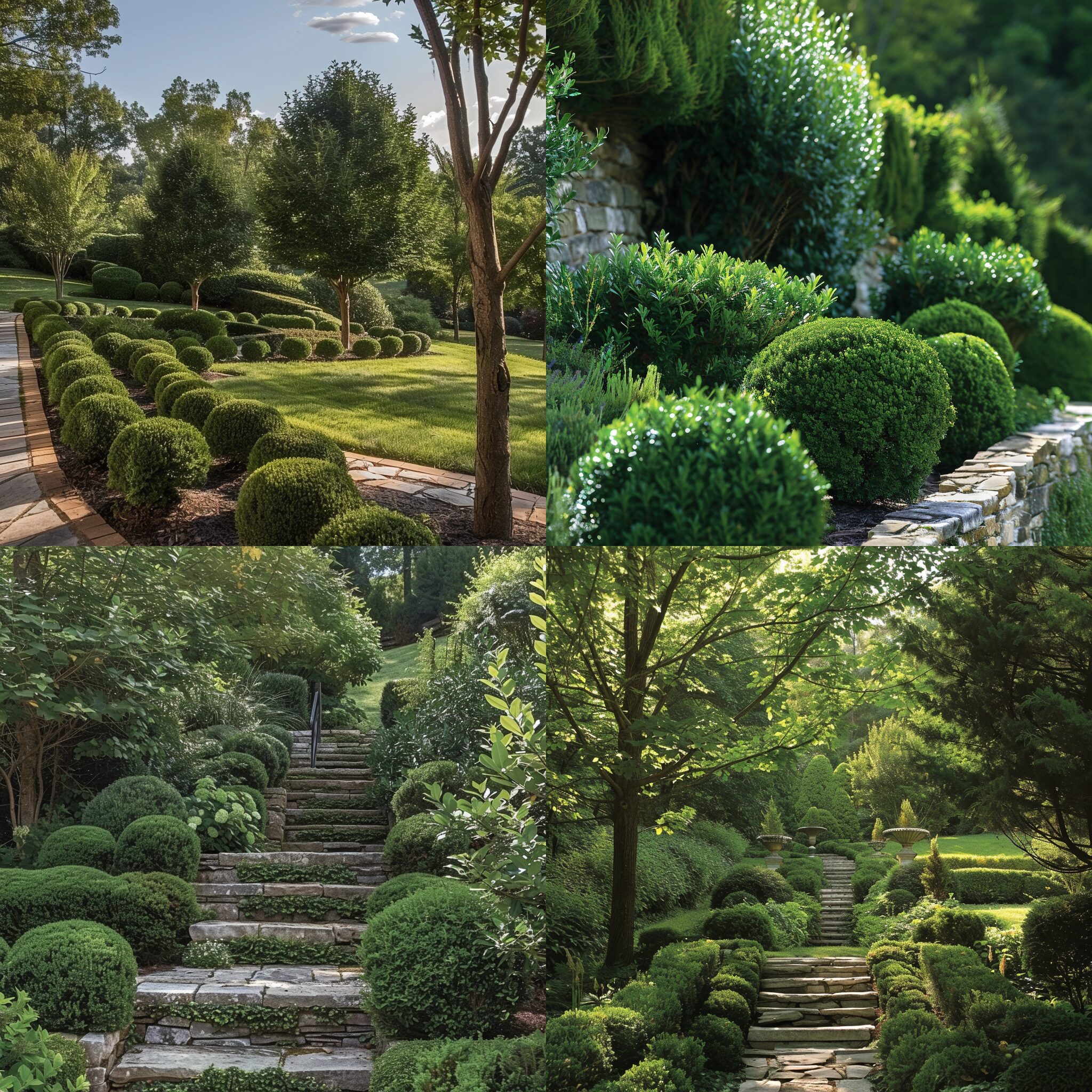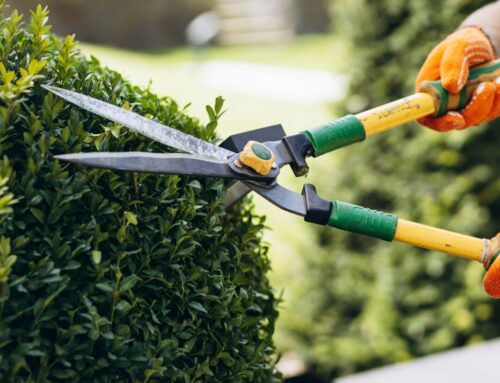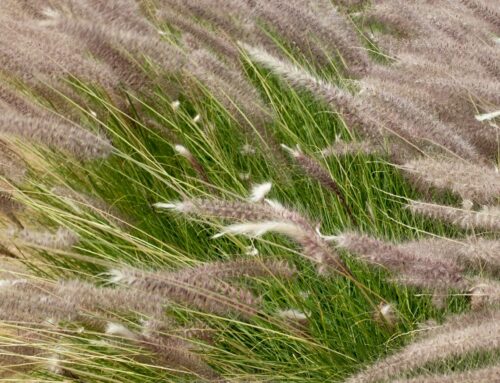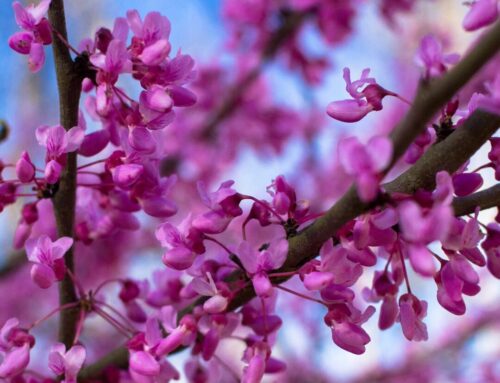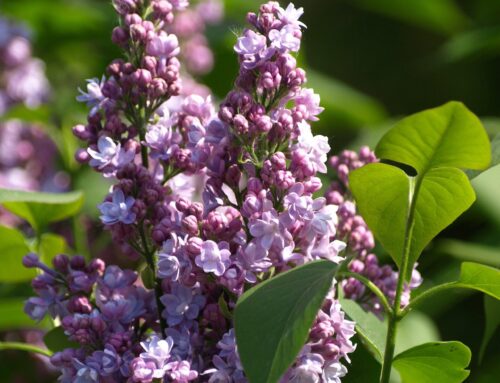Buxus sempervirens, also known as common boxwood, is a staple of American and English gardens for its versatility and practical use. Its wood has a long history with craftsmen for its density, durability, and attractive price. The leaves are clustered in a fine, even texture. The density of branches makes it perfect for pruning into shapes for topiaries and hedges.
- Botanical background:
-
- Buxus belongs to the family Buxaceae, also commonly called the ‘box family’
- Boxwoods are native to Europe, Asia, Africa, South America, and the Caribbean.
- Historic significance:
- The wood was often used to make flutes, woodblock printing, and small boxes
- Because of its density, it made for a great chess piece material in lieu of ebony and ivory
- Its usage in gardens dates back to the Middle Ages, when it was linked to Biblical significance.
- Medicinal uses:
- Boxwood extract was historically used to treat malaria and arthritis
- New research suggests boxwoods may be helpful in cancer treatment
- Horticultural delight:
- Boxwoods have seasonal interest in early spring, when it produces tiny yellow flowers
- The shrub stays green year-round
- Landscape design:
- Sturdy, dense branch structure and small leaf size make boxwoods perfect for topiaries and shrubs
- Boxwoods are commonly used for square border hedges and round centerpieces
- Cultivation and care:
- Branch growth happens from late fall to early spring
- Boxwoods do best in partial shade with morning to early afternoon sun
- Pruning should happen after the last spring frost
- Boxwoods can be vulnerable to pests and blight
- Environmental benefits:
- Birds and insects are drawn to boxwood gardens for food and shelter
- The shrub is a year-round sanctuary for small wildlife, especially in winter months

